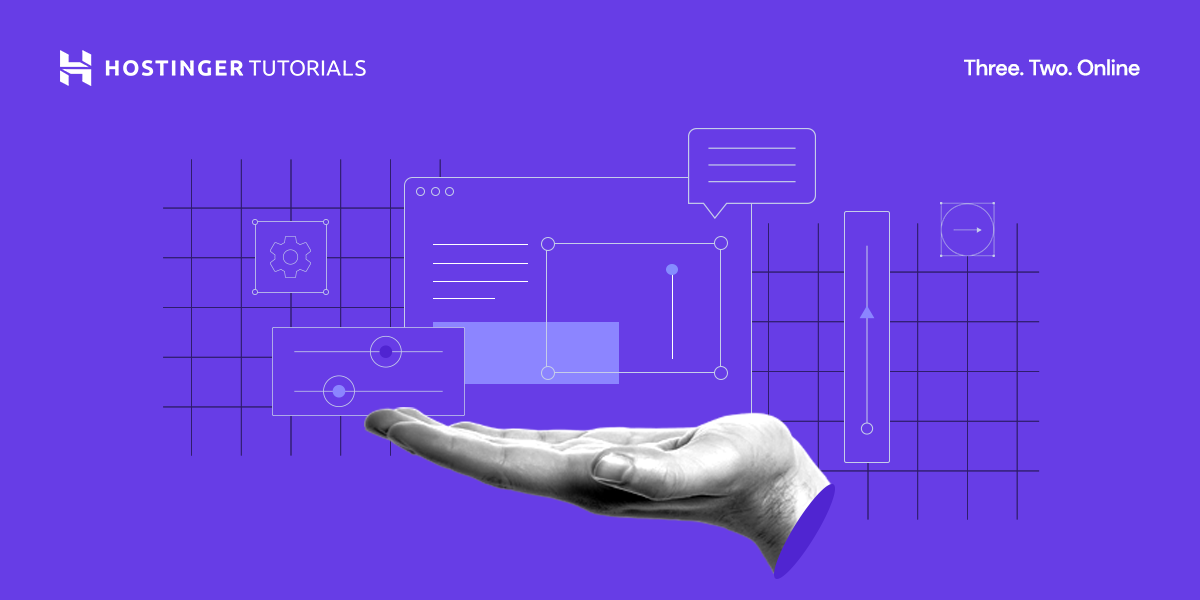Are you running a sophisticated hosting environment for your website or online infrastructure? If so, you know how crucial it is to protect your data and systems from malicious attacks like malware. In this guide, we will walk you through the steps to secure advanced hosting environments against malware, ensuring your online presence remains safe and secure.
Understanding Malware and Its Threats
Malware, short for malicious software, encompasses a variety of harmful programs designed to disrupt, damage, or gain unauthorized access to computer systems and data. These threats can come in the form of viruses, worms, ransomware, spyware, and more. By understanding the different types of malware and their potential impact on your hosting environment, you can better protect your system from these attacks.
What Are the Different Types of Malware?
Malware comes in various forms, each with unique characteristics and risks. Viruses infect files and replicate themselves, spreading through a system. Worms are self-replicating programs that can spread independently. Ransomware encrypts files and demands payment for decryption. Spyware collects sensitive information without the user’s consent. By familiarizing yourself with these types of malware, you can identify potential threats before they cause significant damage.
Best Practices for Securing Your Hosting Environment
Securing an advanced hosting environment against malware requires a multifaceted approach that addresses vulnerabilities at every level of the system. By implementing best practices for security, you can reduce the risk of malware infection and protect your data and infrastructure.
Keep Software and Applications Up to Date
Outdated software and applications can contain vulnerabilities that malware can exploit. Regularly updating your operating system, server software, and applications can patch these vulnerabilities and prevent malware from gaining access to your hosting environment.
Implement Strong Access Controls
Limiting access to your hosting environment can prevent unauthorized users from introducing malware or compromising your system. Implementing strong access controls, such as using unique passwords, multi-factor authentication, and restricting admin privileges, can help secure your environment against potential threats.
Conduct Regular Security Audits
Regular security audits can help you identify vulnerabilities in your hosting environment before they are exploited by malware. By conducting routine scans and assessments of your system’s security posture, you can proactively address weaknesses and strengthen your defenses against potential attacks.
Protecting Your Network and Servers
Securing your network and servers is essential in safeguarding your hosting environment against malware attacks. By implementing robust network security measures and server hardening techniques, you can create an added layer of protection for your data and systems.
Use Firewalls and Intrusion Detection Systems
Firewalls and intrusion detection systems can help monitor and filter traffic entering and leaving your network, blocking potentially malicious connections and alerts you to suspicious activity. By setting up firewalls at the network perimeter and on individual servers, you can prevent malware from infiltrating your hosting environment.
Enable Network Segmentation
Network segmentation divides your network into separate zones, reducing the scope of a potential malware infection. By isolating critical systems and limiting communication between different network segments, you can contain malware and prevent it from spreading throughout your environment.
Data Backup and Recovery Strategies
In the event of a malware infection, having robust data backup and recovery strategies in place is essential for quickly restoring your hosting environment to a clean state. By regularly backing up your data, you can minimize the impact of malware attacks and ensure business continuity.
Implement Regular Data Backups
Regularly backing up your data ensures that you have a recent and clean copy of your information in case of a malware infection or system failure. By storing backups off-site or in the cloud, you can protect your data from being compromised by malware and quickly restore your systems to a previous state.
Test Your Backups
Regularly testing your backups ensures that they are functional and can be restored quickly in the event of a malware attack. By simulating data recovery scenarios and verifying the integrity of your backups, you can be confident in your ability to recover your systems and data in case of an emergency.
Employee Training and Awareness
Human error is one of the leading causes of malware infections in an organization. By providing comprehensive training and awareness programs to your employees, you can educate them on the risks of malware and teach them how to identify and respond to potential threats.
Conduct Security Awareness Training
Security awareness training educates employees on the importance of cybersecurity and teaches them how to recognize and avoid potential malware threats. By providing training on topics such as phishing, social engineering, and safe browsing habits, you can empower your employees to be vigilant and proactive in protecting your hosting environment.
Create Incident Response Plans
Having an incident response plan in place can help your organization respond effectively to malware attacks and minimize their impact on your hosting environment. By outlining procedures for detecting, containing, and eradicating malware, you can ensure a coordinated and efficient response in the event of a security incident.
Monitoring and Incident Response
Continuous monitoring of your hosting environment is essential for detecting and responding to malware attacks in real-time. By implementing security monitoring tools and incident response protocols, you can identify and mitigate threats before they cause significant damage.
Use Security Information and Event Management (SIEM)
SIEM tools collect and analyze security event data from various sources, providing real-time visibility into your hosting environment’s security posture. By monitoring for unusual activity, detecting potential malware infections, and responding to security incidents promptly, you can proactively protect your systems and data from threats.
Develop Incident Response Procedures
Having well-defined incident response procedures can help your organization respond quickly and effectively to malware attacks. By establishing roles and responsibilities, defining escalation processes, and conducting regular incident response drills, you can ensure a coordinated and efficient response to security incidents in your hosting environment.
Conclusion
Securing an advanced hosting environment against malware requires a comprehensive and proactive approach to cybersecurity. By implementing best practices for security, protecting your network and servers, backing up your data, training your employees, and continuously monitoring your environment, you can strengthen your defenses against malware threats and safeguard your data and systems. By following the steps outlined in this guide, you can ensure that your hosting environment remains safe, secure, and resilient against malicious attacks.












